Saving the World From Where You Are by Supporting Community Conservation Where They Are
- LoraKim Joyner
- May 6, 2020
- 3 min read
I had always heard about there being a “parrot island” in Guyana on the Essequibo River. Many countries in this region have “parrot islands,” places where large numbers of parrots spend the night. They choose islands because they are a bit harder to get to and offer safety from poachers and trappers. I went to go see it in November 2019, to document it, to see if it could be conserved, and to evaluate it as a place where we could train University students.
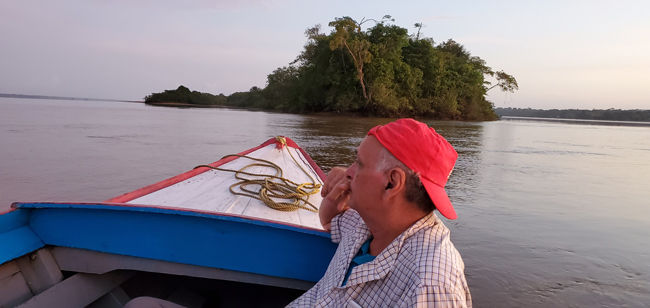
I choose to be a guest at Sloth Island Resort, which was only 5 minutes boat ride from the Island. This resort caters to ecotourists and regular tourists, and has hosted scientific expeditions before. They take tourists to see parrot island, but they had never counted them. We did for two days and estimated there were about 2611 orange-winged amazon parrots. The owner said that paying such close attention to the parrots during the count, helped him see the birds as individuals, as worthy beings.
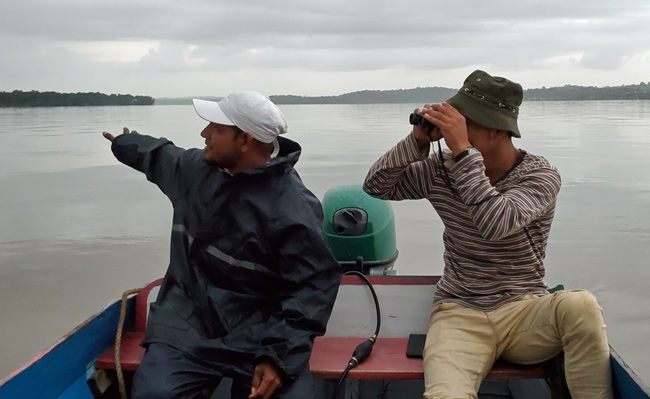
On our last night counting a couple of tourists joined us in the counts and I don’t think I have ever heard so many exclamations of “wow” before in such a short period of time. The parrots come in line after line, making it very hard to count them accurately.
We counters too were jazzed; however, this euphoria was soon dispelled because in the gathering dark, I saw flashlights shining on the shore. “Shall we go investigate, and will it be safe to do so?” I asked the resort staff. They agreed to go visit, and so we motored over there, not knowing what hunters, fishers, or poachers we would meet on the dark shore.

It was a boatload of local boys from the nearby villages, hiding their slingshots and hanging their heads as they were asked what they were doing. They were hunting parrots! Now in Guyana, you can only take parrots if you have a trapper’s license, but as is so true for much of Latin America, enforcement is spotty at best. I told them that we were counting the birds because they were a treasure, and that parrots are going extinct because of hunting and trapping all over the world, as well as here in Guyana. I was not surprised at finding the parrots trapped, but as usual, dismayed. So were the owner and staff of Sloth Island Resort. They didn't stay long in that space of disappointment, but immediately took the next step to see how they could recruit the children into being conservationists, and so we began to plan.
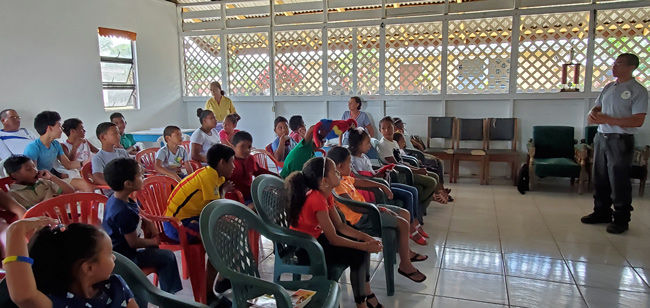
Less than 3 months later our plans were bearing fruit. The resort had gotten permission from the chief of the local indigenous village, River View, to hold a mini “parrot festival” in the village that would include presentations from myself and the staff, two of which were like-wise indigenous, a puppet show, coloring of parrots, a bird walk, and refreshments.
We were able to tell the participants a lot about parrots and how many they had, and they were able to tell us about their love of their homed parrots and the history of the village, including previous parrot trapping. They said that they didn’t trap anymore and would be interested in building a tourism project to teach their children how to care for the parrots on the island and in so doing, could gain income from their efforts.
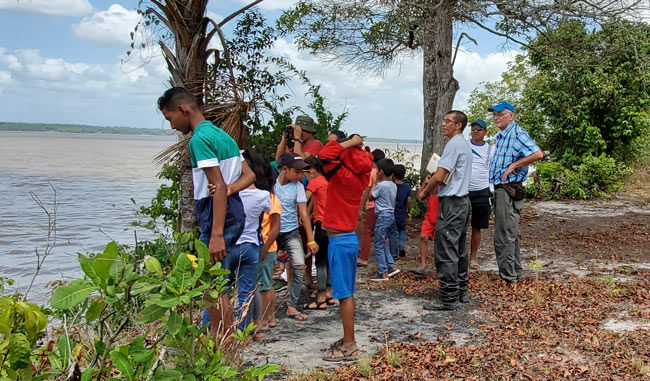
This is how conservation is done, by bringing in various interested parties to keep the parrots flying free: international conservation organizations, local universities, local businesses, ecotourism guides, and local communities combining efforts to bring about community conservation, education and awareness programs, and livlihood programs.
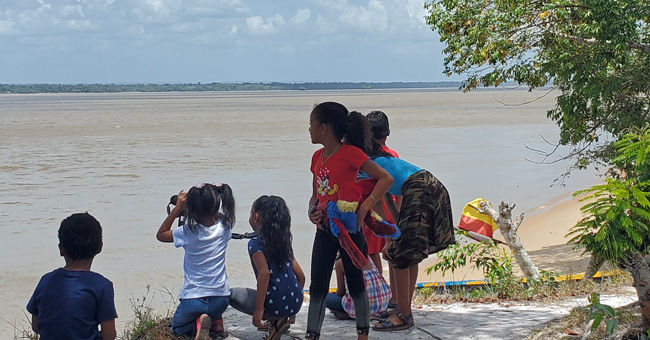
As I left the island on a small boat, I thought how pleased I was at this young project. Less pleasing was the effort it took to get back home to New York. It was the week of the Presidential Election, which more than 2 months later is still being contested. At that time people were fearful to be moving around and I had a hard time making transportation connections to the airport. One day after I left Guyana they had their first case of Covid-19, and now even less people are moving around. The country is closed down to international travel, and hence tourism.

We know how to do conservation, with communities, but the reality of government, societal and ecological fragility is always threatening to take back the advances of local efforts. This is why it matters not just what the communities do where parrots are, but what everyone of us does from where we are. We need to pay close attention so that we can see others as worthy individuals. The people and parrots of the Americas and all over the earth are counting on us to do so.



Comments